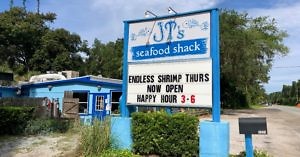Scaling the ESMO23 ramparts

Scaling the ramparts in Real Madrido
In our last ESMO23 Preview ahead of the live meeting starting on Friday, we highlight another eight targets to watch out for where there will be intriguing data dropping out from Madrid over the weekend.
More than just the data though, is consideration for the implications of the findings and how they can impact a particular tumour landscape.
One thing to note is just because a company highlights what they consider to be positive data doesn’t always mean it is actually so when you look carefully at the small print.
Not surprisingly there are a few examples of this genre at the forthcoming conference…
To continue reading our latest highlights on oncology new product development including commentary and analysis BSB subscribers can log-in or you can click to access the content.
This content is restricted to subscribers
 A frequent challenge in oncology R&D is the fast paced nature of pipeline development such that there’s always something cool or new coming along nipping at the heels of those further ahead in clinical development coupled with the changing of the broader landscape before you even get to market.
A frequent challenge in oncology R&D is the fast paced nature of pipeline development such that there’s always something cool or new coming along nipping at the heels of those further ahead in clinical development coupled with the changing of the broader landscape before you even get to market.

 It’s time to tackle some controversies in advanced prostate cancer and look at exactly who’s pulling a rabbit out of a hat?
It’s time to tackle some controversies in advanced prostate cancer and look at exactly who’s pulling a rabbit out of a hat? In this discussion, we take a look at an important phase 3 trial readout being presented this week in metastatic castration resistant prostate cancer (mCRPC).
In this discussion, we take a look at an important phase 3 trial readout being presented this week in metastatic castration resistant prostate cancer (mCRPC). There are at seemingly endless genes associated with genomic instability and the development of cancer – there are at least 450 genes associated with DNA Damage Repair (DDR) alone, for example.
There are at seemingly endless genes associated with genomic instability and the development of cancer – there are at least 450 genes associated with DNA Damage Repair (DDR) alone, for example.

